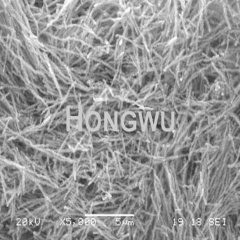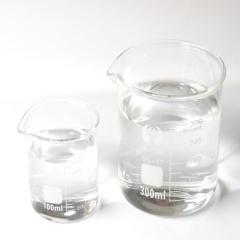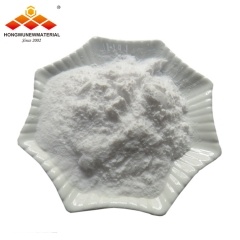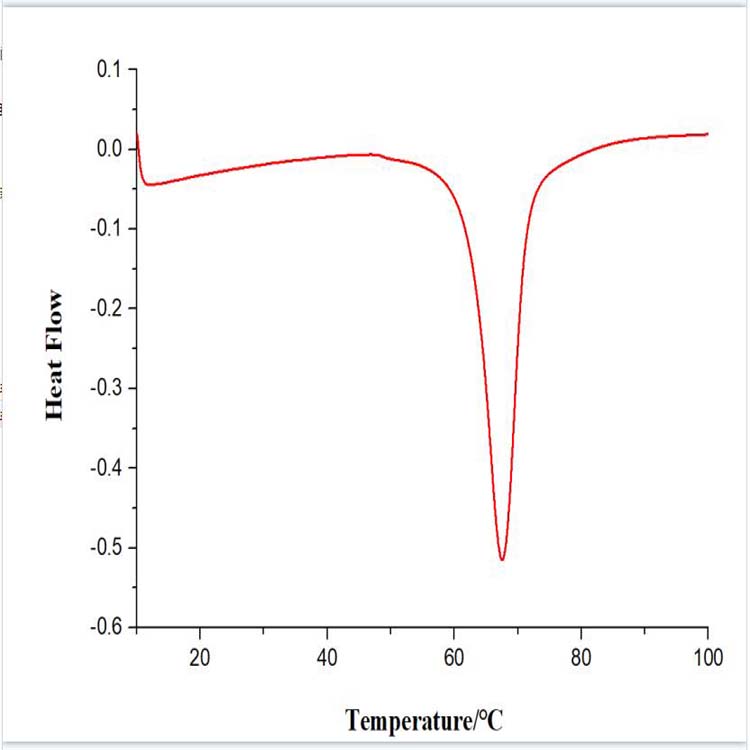Lithium batteries are mainly composed of anodes, cathodes, diaphragms, electrolytes, binders, conductive agents, tabs and packaging materials.
Anode materials
Silicon-based materials: mainly nano silicon(Si) and silicon oxide(SiOx). The two routes corresponding to silicon-based negative electrodes are silicon-carbon negative electrodes and silicon-oxygen negative electrodes. Silicon-based negative electrodes have very high specific capacity and specific energy density. In theory, the specific capacity of silicon materials is more than 10 times that of carbon materials, and the specific energy density is also about 5 times higher. Therefore, silicon-based negative electrodes are considered to be the most promising next-generation lithium battery negative electrode materials.
Diaphragm
In the structure of lithium batteries, the diaphragm is one of the key inner components. The performance of the diaphragm determines the interface structure and internal resistance of the battery, and directly affects the battery's capacity, cycle and safety performance. The diaphragm with excellent performance plays an important role in improving the overall performance of the battery. The main function of the diaphragm is to separate the positive and negative electrodes of the battery to prevent the two electrodes from contacting and short-circuiting. In addition, it also has the function of allowing electrolyte ions to pass through. The diaphragm material is non-conductive, and its physical and chemical properties have a great influence on the performance of the battery.
Silicon dioxide (SiO2): Silica is a common thermally stable inorganic powder filler, widely used in the filling and modification of polymers. Due to its large specific surface area and the easy generation of a large number of silanols (Si-OH), it can improve the hydrophilicity while improving the electrolyte wettability of the diaphragm, thereby improving the li-ion transmission performance and the electrochemical performance of the battery. At the same time, SiO2 particles can be used as inorganic materials to enhance the mechanical strength of the diaphragm, which can prevent the continued growth and puncture of negative electrode lithium dendrites, thereby preventing the battery from thermal short circuit.
Alumina (Al2O3): Aluminum oxide is abundant in nature and has excellent chemical inertness, thermal stability and mechanical properties. It has been used as the first generation of ceramic diaphragm materials in industry to improve the comprehensive performance of polyolefin diaphragms. And it is also an inorganic powder used in the modification of lithium battery diaphragms.
Titanium dioxide (TiO2): It has the advantages of non-toxicity, stable performance, and easy control of preparation. It can improve the thermal stability of the diaphragm and the wettability of the electrolyte, and can absorb some impurity electrolytes, which helps to reduce the interface impedance between the diaphragm and the electrode. Meanwhile, TiO2 has good compatibility with the electrolyte, which can promote the transportation of lithium ions and improve the ionic conductivity of the diaphragm. It is an ideal organic polymer diaphragm modification material. In addition, the introduction of TiO2 in the diaphragm can reduce the stress between particles and improve the stability of the battery.
Conductive agent
The conductive agent is a reagent in lithium batteries to ensure that the electrode has good charge and discharge performance. It collects microcurrents between active substances and between active substances and current collectors, and then collects microcurrents on current collectors such as aluminum foil and copper foil to form large currents, which are finally transported to electrical appliances. The addition of conductive agents can reduce the contact resistance of the electrode in this way, accelerate the electron movement rate and the migration rate of lithium ions in the electrode material, and improve the electronic conductivity, thereby improving the charge and discharge efficiency of the electrode.
Carbon nanotubes (CNTs): The impedance of CNT is only half of that of carbon black. Low impedance brings good conductivity, improves polarization, and makes the cycle performance better. The amount of carbon black added is about 3% of the weight of the positive electrode material, while the amount of CNT added is only 0.8%~1.5%. The low addition amount can save space for active materials, thereby improving energy density.


 English
English français
français Deutsch
Deutsch русский
русский italiano
italiano español
español português
português 日本語
日本語 한국의
한국의 Türkçe
Türkçe

















 8620-87226359,8620-87748917
8620-87226359,8620-87748917

